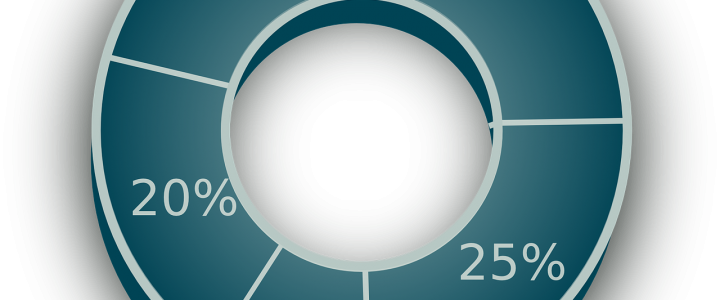We’re hearing a lot about robo advisors these days. Are they right for you?
The financial services industry is no stranger to developing new products and innovations. Years ago, it was different types of stocks and bonds, then mutual funds were launched. More recently, exchange-traded funds (“ETFs”) that mimic indexes were launched. These days, robo advice is a hot topic. While having features that are certainly attractive to some investors, robo advisors aren’t right for everyone.
But first, the “what?”
What are robo advisors?
The term “robo advisor” is actually a bit misleading. Advisors generally guide their clients through the financial planning process to help these individuals achieve their life goals.
Robo advisors are automated portfolio managers. They take a limited amount of information about a client and create a portfolio of holdings. These holdings usually include a basket of ETFs. Robo advisors require little human involvement once their algorithm has been set.
Pros and cons
Robo advisors are programmed to automatically buy and sell holdings based on a desired risk-return profile. As there is little human involvement or management, they tend to be cheaper to invest in than actively managed portfolios. They also tend to be “set-it-and-forget-it” solutions that require very little effort by individual investors.
These portfolios rise and fall according to market and macroeconomic conditions, they typically don’t make adjustments to reflect the market. Conversely, as your advisor I’ve gained a deeper understanding of your financial picture, including your long-term needs and goals. Our work together means that your portfolio is suited specifically to you. Not just to a lot of people who may simply be your age and have a similar amount of savings.
Example of robots investing versus humans investing
During periods of rising markets, robo advisors will tend to perform quite nicely. As they reflect the performance of the wider markets in which they invest.
That said, markets don’t always go up. When markets are falling, portfolios run by robo advisors will tend to drop to the same degree as their corresponding markets. Meanwhile, active portfolio managers tend to rebalance or otherwise adjust their funds to reduce the downside impact of this market weakness. Possibly even taking advantage of it. By doing so, these portfolio managers are able to negate the losses that could result from market weakness. Which is something robo advisors can’t do.
Robo advisors are also not equipped to provide all of the other services that an advisor can provide. Including access to tax and estate planning, lawyers, accountants and other professionals who can help me ensure you have a complete financial plan that truly reflects your short- and long-term needs.
Please feel free to reach out to me to learn more about the benefits of a human vs. robo advisor.
This website is for informational purposes only and is not intended to be specific advice or recommendations. For specific advice or recommendations you would need to meet directly with one of our advisers.





